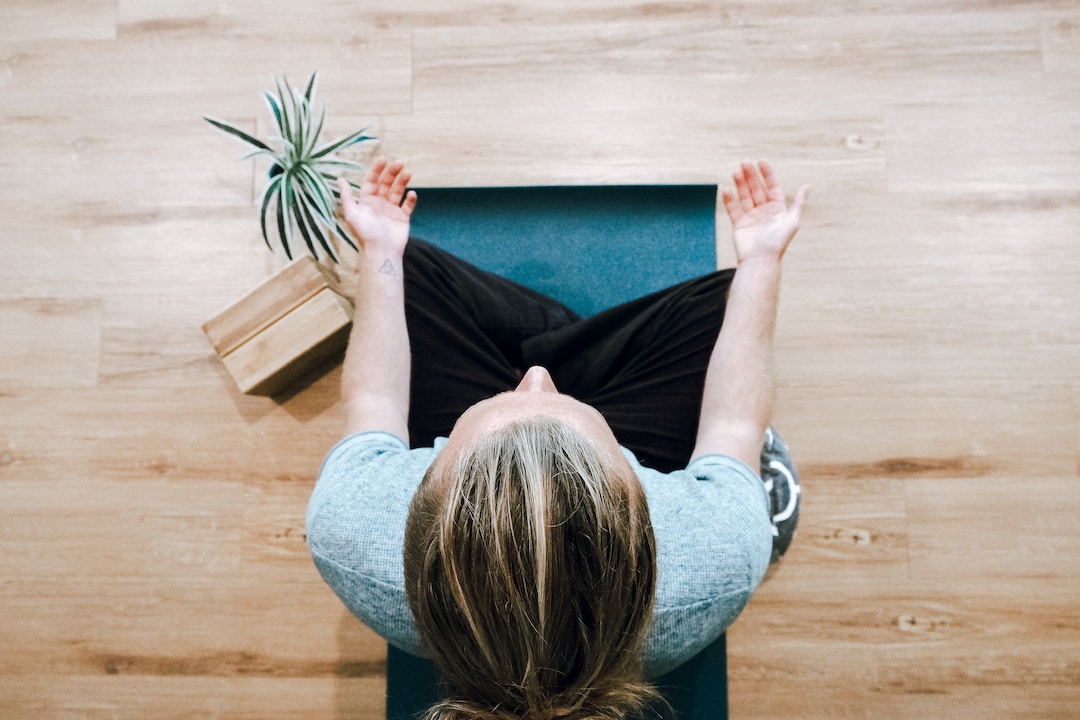
Has worrying about the future or the past caused you to stress beyond the daily stress of life? There are many ways to manage the specific problem you are currently facing. But if other methods of stress treatment haven’t worked, it’s time to start practicing mindfulness and bring yourself back to the present. Simple exercises and mindfulness techniques have shown their power in helping people solve emotional problems. These exercises are a tool for positive change that can significantly reduce people’s stress levels.
What is mindfulness?
Mindfulness is an exercise to be aware of the “present” time and “being present at the moment,” without judgment and wholeness, without dwelling on the past or deferring to the future; A way to increase awareness and focus on breathing, feeling each part of the body in the same direction and continuously. The root of mindfulness goes back to Eastern philosophy, it has no limitations, and anyone with any belief can enjoy the benefits of mindfulness exercises.
How to achieve mindfulness?
Mindfulness is achieved through meditation. By being in the moment and focusing on the present, separating the mind from the past and the future, and silencing the mental whispers, one can achieve mindfulness in a short period, and gradually with practice, one can reach a powerful and conscious mind.
Mindfulness is related to cognitive science. Recent research has shown promising results about it. Cognitive Science Based Mindfulness Training (MBCT) and Mindfulness-Based Stress Reduction (MBSR) has shown effective results in helping to reduce the following problems.
People suffering from anxiety can significantly reduce stress, anxiety, and depression symptoms after practicing mindfulness techniques.
Depressed people and those who have experienced symptoms of depression with mindfulness practice after one month saw a reduction in depression symptoms and other gains in this field.
Research has shown that people with more mindfulness in their daily life, as one of their personality traits, show a greater desire to enjoy the pleasurable events of life and deal with relationship problems more constructively. Another research showed that people who use mindfulness techniques showed less stressful reactions in arguments; At the same time, on the other hand, their level of mindfulness was due to their better communication in arguments. Both of these studies have linked mindfulness to relationship health.

Cancer patients saw decreased sleep disorders and increased sleep quality during an 8-week mindfulness-based stress reduction (MBSR) course.
After completing an 8-week mindfulness-based treatment program, women with bulimia nervosa reported significant improvements in their emotions and behavior. Many others experienced “self-awareness,” acceptance, compassion, and empathy, among other benefits.
Research has shown that mindfulness has a good effect on people’s severe and intense stress due to life problems or illness and reduces everyday stress.
Mindfulness techniques have been shown to have positive effects. The benefits of these techniques increase with more practice.
How does mindfulness reduce stress?
Studies have shown that mindfulness can help stop rumination, which causes stress. This method allows people to focus on solutions instead of dwelling on negative thoughts, the cause of a problem, or distress. Mindfulness can also help reduce anxiety and stress about the future and create a break between stressful thoughts, allowing you to look at things differently.
As mentioned, mindfulness can be easily acquired through practice. Mindfulness techniques can be just as beneficial for your mental and physical health.
How are meditation and mindfulness exercises?
One of the foundational and standard programs in this field is the Mindfulness-Based Stress Reduction (MBSR) program developed by Dr. Jon Kabat-Zinn. MBSR focuses on awareness and attention to the present moment. Learning meditation for mindfulness is easy. A specific trainer or program can help you get started. Some people meditate for 10 minutes, but even a few short minutes daily can make a difference. Here we teach you basic techniques to create meditation and mindfulness.
- Find a quiet and comfortable place for yourself. Sit on a chair or the floor. Straighten your arms, neck, and back, but not too hard.
- Let go of all thoughts about the past and future and bring your thoughts to the present.
- Become present and aware of your breathing. Focus on the air you take into the lungs and feel its movement in and out of the lungs; the air enters through your nose and leaves through your mouth. Feel your belly move in and out with each inhale. Pay attention to the difference between each breath and the changes it creates in the body.
- Observe every thought that crosses your mind, whether fear, worry, anxiety, or hope. Do not ignore or suppress any thoughts that come to your mind; look at them and stay calm. Use your breathing as a strong anchor to keep quiet and not get caught up in thoughts.
- If at any moment you find yourself caught up in your thoughts, notice where you fell into that thought and return to breathing without judging yourself or your thoughts. Remember not to beat yourself up every time this happens and return to where you were before with awareness. During this exercise, you should not lose your peace for any reason.
- When the time comes, sit for a minute or two, become aware of where you are in this moment, and slowly stand up.
Other ways to bring mindfulness into life
No rule says you must sit on a cushion in a quiet room and do this exercise. Meditation is a technique for mindfulness, but there are many opportunities to practice mindfulness in everyday life. Here are tips from Kate Hanley for cultivating mindfulness in everyday life.
Have you ever noticed that there is nothing to get your attention when you are doing the dishes? Combining alone time and physical work makes doing the dishes after dinner an excellent time to practice mindfulness. Feel the water’s warmth on your hand, watching the bubbles move and the sound of the water. Zen teacher Nhat Hanh calls this practice “washing the dishes for the sake of doing the dishes,” not getting rid of them so you can safely watch TV. When you give yourself a chance to experience, you will be refreshed by the exercise of mind and body and, of course, a clean kitchen.
Starting or ending the day without brushing your teeth is not a good idea. You can turn this daily task into an opportunity to practice mindfulness; Feel your feet on the floor, the toothbrush in your hand, and your hand going up and down. Einstein said: “I did my best thinking when shaving.” Maybe what he was doing at that moment was an exercise in mindfulness!
It’s easy to disconnect from your surroundings while driving, Thinking about what you had for dinner or what you forgot to do for the day. But try to use the power of your mindfulness to keep your focus inside the car.
Turn off the radio or play soothing music, such as classical or ambient music. Imagine your spine growing. Place your hands somewhere between where you are comfortable and the handlebars. Refrain from gripping the steering wheel too tightly or too loosely. Whenever your mind wanders, bring your attention to where you are in the car.
Indeed, watching TV while you run on the treadmill or lift weights will make your workout faster and easier, but it won’t do much to silence the chatter in your mind. You can make your exercise more efficient by turning off the TV and focusing on your breathing and where you are standing.
To those who are distracted during meditation for various reasons and cannot concentrate well, we must say that they do not need to worry; They are not the only ones who find it difficult to focus. There are other ways to practice mindfulness, among which the following can be mentioned.
- Gardening
- Listening to music
- Cleaning the house
- Moments before sleep
If you approach these tasks with the right approach, all of them can be turned into mindfulness exercises. Focus on the present moment and turn off the inner voice, the voice that is very quick to interpret and judge what you are doing now, have done in the past, or want to do in the future.








